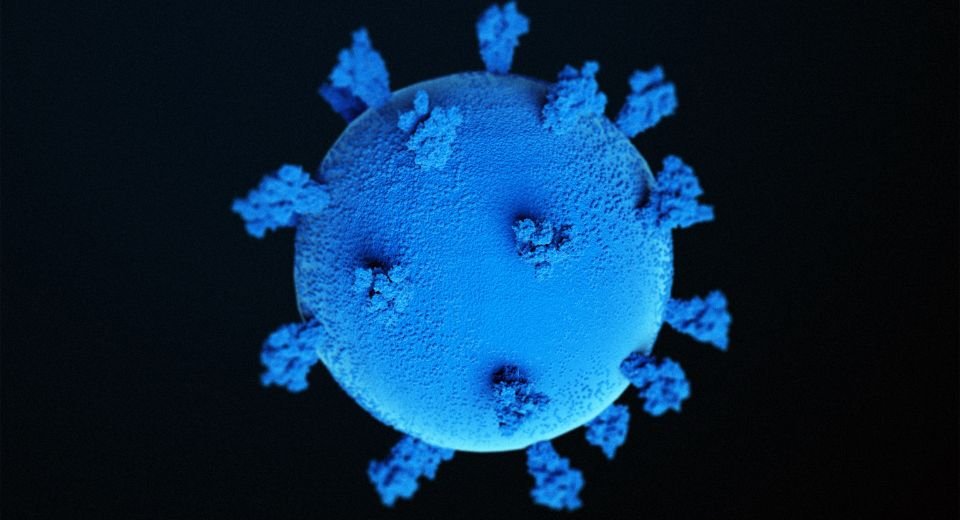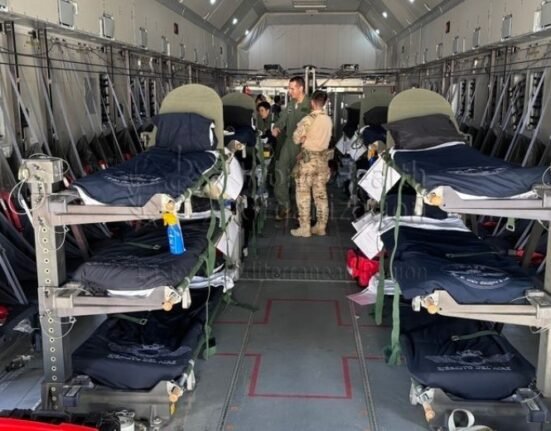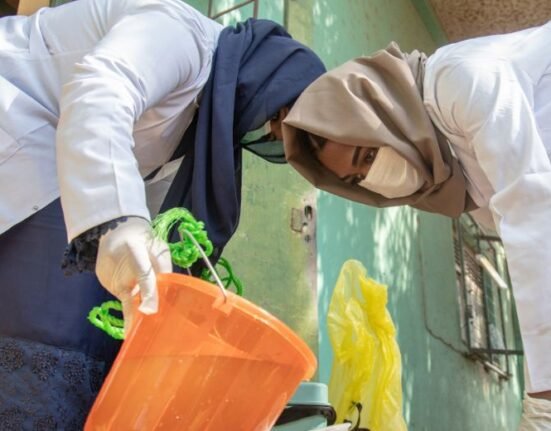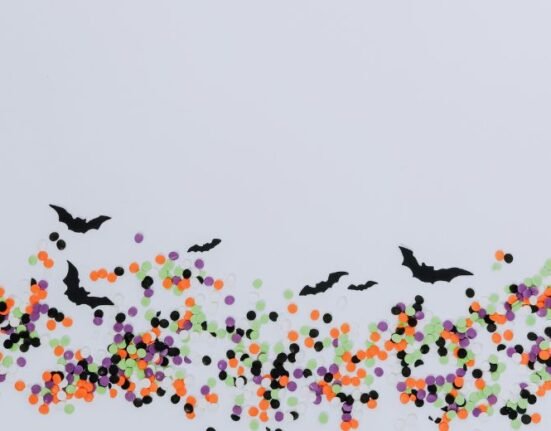HQ Team
January 5, 2023: There is a predominance of Omicron BA. 5.2 and BF.7 Covid-19 lineages, accounting for 97.5% of all local infections in China, according to the WHO.
An analysis by the Chinese Centre for Disease Control and Prevention was presented to the WHO. It was based on more than 2000 genomes collected and sequenced from December 1 2022, according to a WHO statement.
As of January 3, 773 sequences from mainland China have been submitted to the GISAID EpiCoV database, with the majority (564 sequences) collected after December 1 2022.
Of the 773 sequences, only 95 are labelled as locally acquired cases, 187 as imported cases, and 261 do not have this information provided, the WHO stated.
“This is in line with genomes from travellers from China submitted to the GISAID EpiCoV database by other countries.”
The GISAID Initiative promotes the rapid sharing of data from all influenza viruses and the coronavirus causing COVID-19.
Epidemiological data
The initiative includes genetic sequence and clinical and epidemiological data associated with human viruses.
It also involves geographical and species-specific data associated with avian and other animal viruses. The data help researchers understand how viruses evolve and spread during epidemics and pandemics.
In data presented to the WHO, a few known Omicron sublineages were also detected in low percentages. These variants are known and have been circulating in other countries, and at the present time, no new variant has been reported by China.
The data was shown on January 3 to the Technical Advisory Group on Virus Evolution(TAG-VE).
Scientific evidence
The group meets regularly to review the latest scientific evidence on circulating SARS-CoV-2 variants and advises WHO on whether a change in public health strategies is warranted.
The WHO reiterated the critical need for and importance of additional analysis and sharing of sequence data to understand the evolution of SARS-CoV-2 and the emergence of concerning mutations or variants.
The analysis must be done regardless of whether a sequence is assigned a Pango lineage. This is best accomplished by rapidly and regularly depositing data into publicly accessible databases.
The Pango nomenclature is being used by researchers and public health agencies worldwide to track the transmission and spread of SARS-CoV-2, including variants of concern. The software can be used as a web application or a command line tool.
Genomic surveillance
According to the WHO, maintaining high levels of representative genomic surveillance across China, globally annotating genomic sequences with relevant clinical and epidemiological metadata, and rapid sharing of such data were the pillars of timely global risk assessment.
“WHO will continue to closely monitor the situation in the People’s Republic of China and globally and urges all countries to continue to be vigilant, to monitor and report sequences.”
The global health agency also urged nations to conduct independent and comparative analyses of the different Omicron sublineages, including the severity of the disease they cause.
TUS he TAG-VE is also evaluating the rapidly increasing proportion of XBB.1.5 in the US and other countries.
The TAG-VE meets regularly and continues to assess the available data on variants’ transmissibility, clinical severity, and immune escape potential.








